Good Accuracy & Range
Despite Japan having the capacity to develop high-tech weapons on their own, these often end up in small numbers because of high production costs.
One such example is the Type 96 Multi-Purpose Missile System (MPMS) introduced to replace the aging Type 79 Anti-Landing Craft/Anti-Tank Missile.
- General Overview (Missile Only)
| Weight | 60kg (132lb) |
| Length | 2.0m (6.6ft) |
| Diameter | 16cm (6.3in) |
| Range | 10km/6miles |
| Cost | 400,000 USD |
Unlike the Type 79 MAT, which can be manually carried, the MPMS is a complex system consisting of a several equipments including a six-tube missile launcher, a guidance device, and a fire control system.
These are operated on the JGSDF’s Toyota Mega Cruisers, though the reloader and information processing unit is mounted on larger trucks. The mobile system is surely capable of deploying to wherever needed, but it does require more time to setup compared to the previous Type 79 MAT.
On the other hand, the MPMS has range of over 10km or 6 miles, and the missile enjoys high accuracy thanks to the guidance system using fiber-optic cables.
To elaborate a bit, the missile locks on to a target using its infrared imaging device while transmitting information back through the cables. The recipient then uses this real-time image to guide the missile, resulting in a fairly accurate kill.
In the case of anti-tank operations, the operator can target the upper-part of the tank where the armor is thinner, whereas delayed detonation can be employed against landing crafts.
Such versatility allows the MPMS to maximize the damage towards different targets.
Too Expensive, Too Few
Although the MPMS is able to destroy enemy vehicles from beyond their line of sight, the fact that it requires six vehicles hinders any covertness, making it susceptible to detection.
Furthermore, the entire system comes with a hefty cost of around 2.7 billion yen, resulting in the acquisition of only 37 sets. Hence, deployment is limited to some units in Hokkaido and Kyushu, with the remaining used as training equipment at the Fuji School Brigade.
Acknowledging this procurement failure, JGSDF is developing an improved version called the “MPMS-Kai” which will reduce the number of vehicles to just three. This system will not only have better range, but also the ability to simultaneously engage multiple targets.
By aggregating the mobile platform to three Mega Cruisers, JGSDF aims to enhance air transportability for island defense.

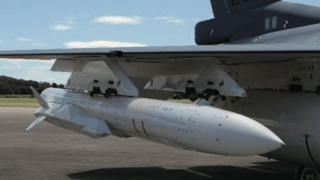
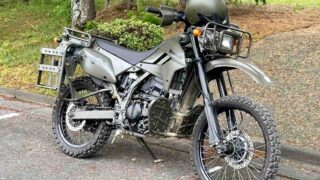
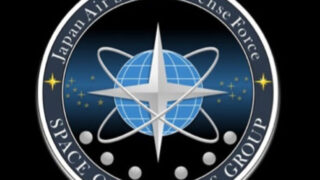


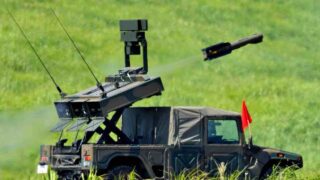

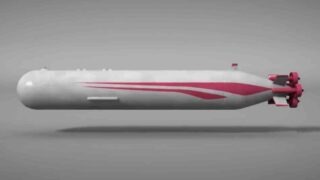
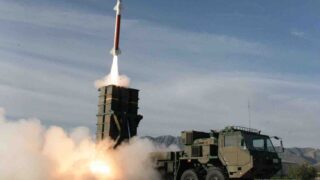
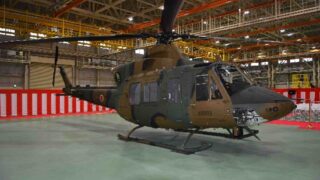
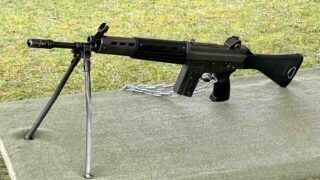
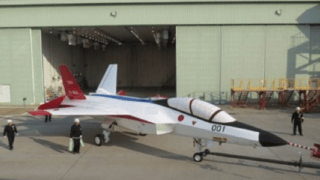
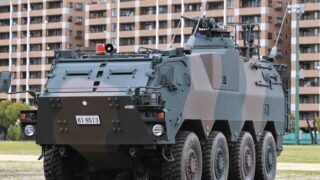
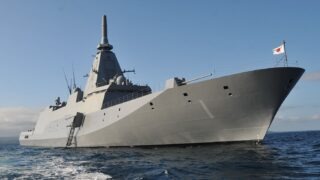


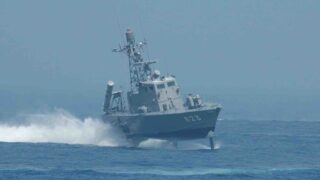
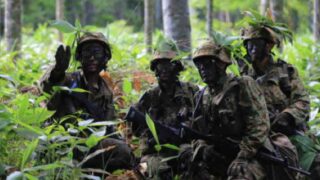
.jpg)
Comments